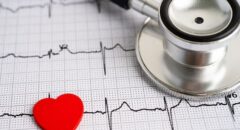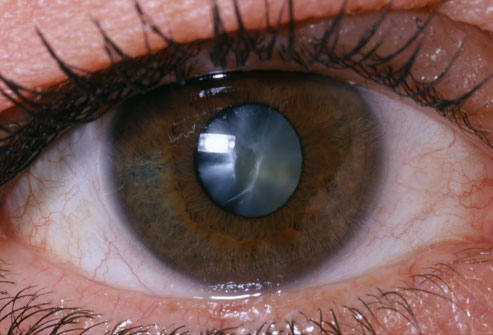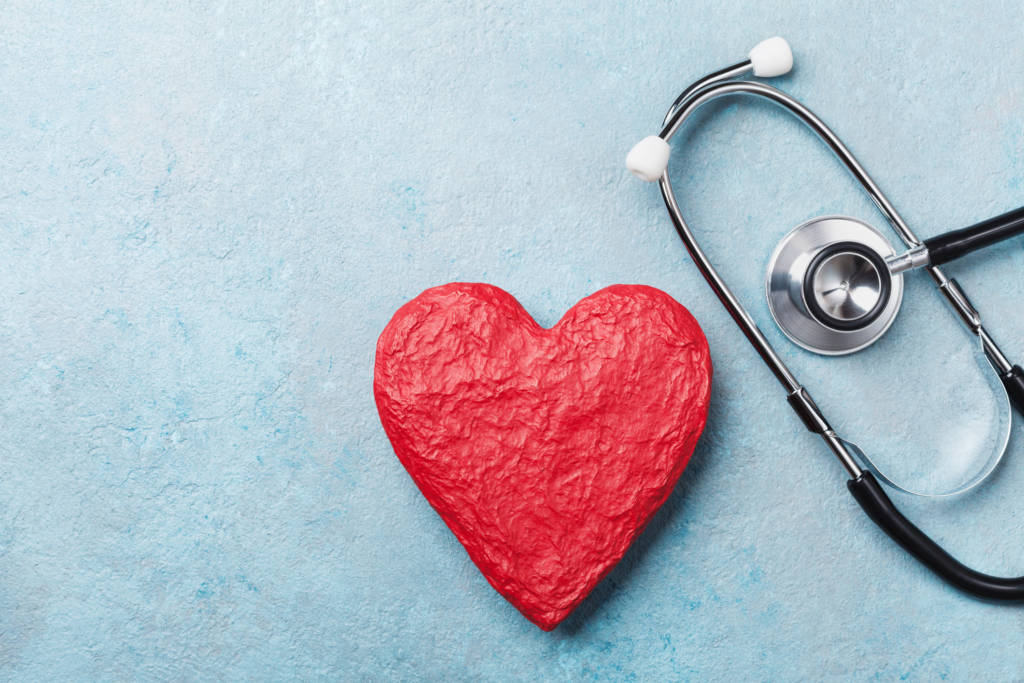Triglycerides
Triglyceride is the most common type of fat in the body. Normal triglyceride levels vary by age and sex. A high triglyceride level combined with low HDL cholesterol or high LDL cholesterol is associated with atherosclerosis, the buildup of fatty deposits in artery walls that increases the risk of heart attack and stroke.
What Can You Do?
There are things that you could to get your levels where they need to be. High cholesterol could lead to heart disease, heart attack, and stroke. As your blood cholesterol rises, so does your risk for heart disease, high blood pressure, and diabetes. If your levels are high, your doctor may suggest a prescription, but you can also try eating heart-healthy foods. She might suggest eating healthier fats, less red meat, eliminate trans fats and add more foods rich in omega-3s. Eating grains rich in fiber, like oatmeal can reduce your LDL bad cholesterol.
 You can increase your HDL or your good cholesterol levels by exercising more. Everyone should get at least 30 minutes of exercise every day. Make sure you choose cardio workouts that get your heart pumping, such as walking, riding your bicycle, running, playing a sport, etc.
You can increase your HDL or your good cholesterol levels by exercising more. Everyone should get at least 30 minutes of exercise every day. Make sure you choose cardio workouts that get your heart pumping, such as walking, riding your bicycle, running, playing a sport, etc.
Lifestyle changes can help you live a healthier and longer life. Basic things like adding more vegetables, grains, nuts, eating less fatty foods, cutting back on sugar, adding more fiber, and exercise can cut your triglyceride levels in half. Quitting smoking improves your overall health, but it can improve our HDL cholesterol level.
Talk to your doctor. There are things that you can do in order to have your cholesterol levels under control. Plus other things like checking your blood pressure, blood sugar and maintaining your Body Mass Index can also contribute to a healthier life.Don’t take it for granted and get tested. It is recommended to get a cholesterol at least every 5 years when you’re over the age of 20.






